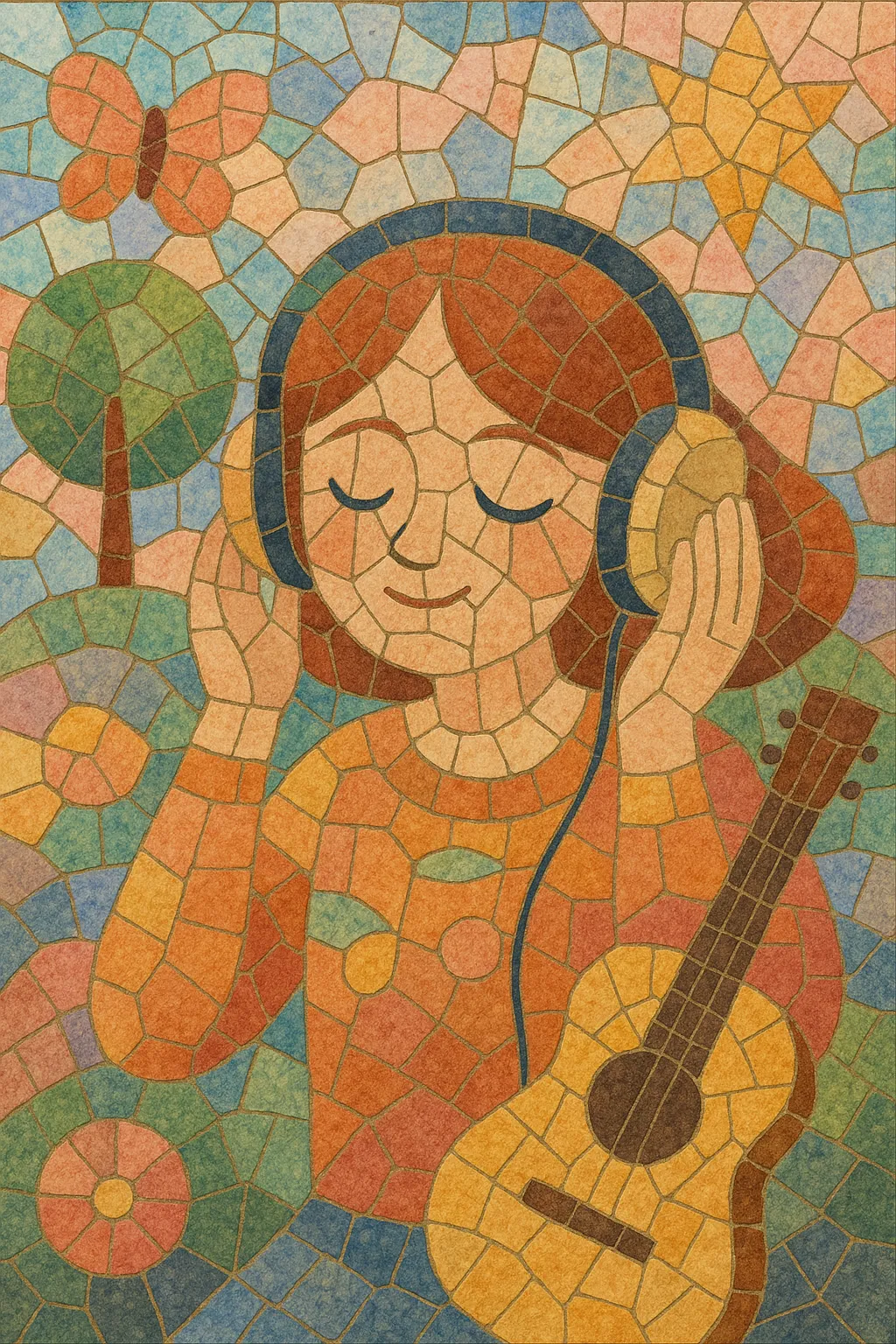Tontipop is a Spanish indie-pop movement characterized by sugary melodies, childlike hooks, and knowingly "silly" (tonti) lyrics delivered with irony and charm. It blends the naivety of 1960s yé-yé and sunshine pop with the immediacy of bubblegum pop and the DIY sparkle of indie and synth-pop.
Arrangements favor bright, toy-like timbres (Casio keyboards, handclaps, tambourines), brisk 4/4 rhythms, and simple, singalong refrains full of sha-la-las and ba-ba-bas. While playful on the surface, the songs often hide clever wordplay, cultural references, and bittersweet undercurrents, turning "silliness" into a pop-aesthetic stance.
The scene coalesced in late-1990s Spain around indie labels and fanzines, positioning itself as an alternative to rockist seriousness. It celebrates immediacy, brevity, and melodic craftsmanship, often with a retro-modern, pastel-colored visual identity.
Tontipop emerged in Spain in the late 1990s as an indie-pop current whose name reclaims "silly" (tonti) pop as an artistic virtue. Fanzines, small labels (notably Elefant Records and peers), and tape/CD-R culture nurtured the style. Musically, it drew from 1960s yé-yé, sunshine pop, bubblegum pop, the Donosti sound’s tender minimalism, and a renewed love for synth-driven hooks.
A cluster of bands crystalized the sound: bright major-key melodies; brisk, jangly guitars; toy-keyboard arpeggios; tambourine and handclap propulsion; and witty, often romantic or self-deprecating lyrics in Spanish. Singles culture, 7-inches, and compilation appearances helped songs travel quickly across Spain’s indie circuit, with festivals and niche radio supporting the movement.
In the early-to-mid 2000s, the style’s DNA seeped into Spain’s indie mainstream. Acts connected to or adjacent to the scene introduced glossier synths and disco touches while keeping the carefree, bubblegum spirit. Online communities and blogs amplified its reach, helping bands tour the national circuit and cultivating a devoted, collector-driven fanbase.
Tontipop’s emphasis on immediacy, playfulness, and melodic craft informed later Spanish indietronica and electropop approaches. Its influence persists in acts who embrace camp aesthetics, pastel visuals, and deceptively simple songwriting that balances innocence, irony, and emotional candor.


